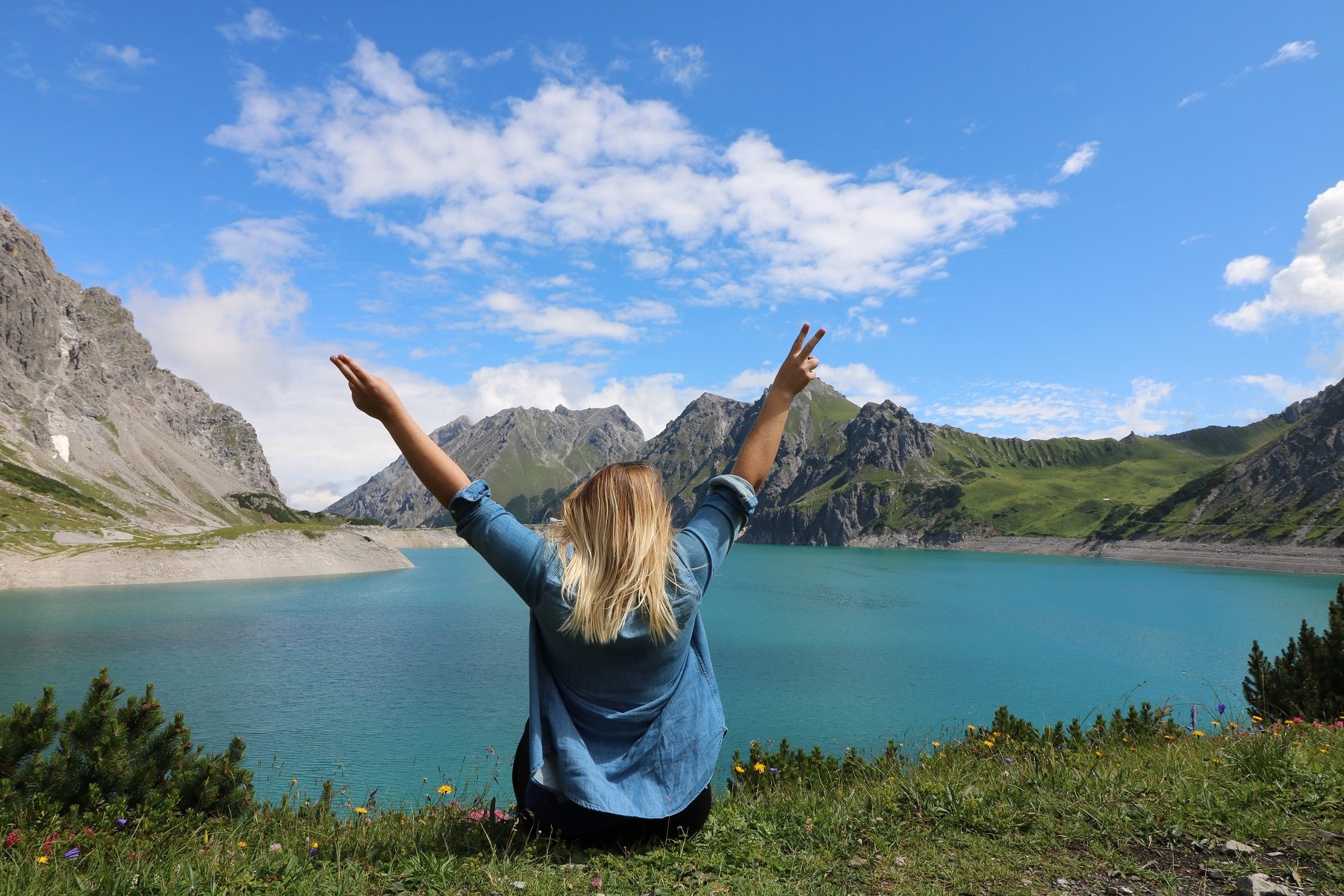
First Things First—What Is Local SEO, and Why Should You Care?
Let’s get something out of the way: if your travel business relies on folks finding you in a specific area—like a surf school in Encinitas, a hiking tour in Sedona, or a boutique lodge in Asheville—local SEO isn’t optional. It’s essential.
You know that feeling when you Google “kayak tours near me” and boom—three businesses pop up with maps, reviews, and pictures? That’s not magic. That’s local SEO doing its thing. And if your business isn’t in that trio? Well, you’re basically invisible to someone ready to buy.
But don’t panic. Getting into those top spots isn’t reserved for corporate giants or tech wizards. It’s about being intentional and a little strategic. Think of it like setting up your storefront, but online—and instead of foot traffic, you’re attracting search traffic.
At Travel & Tours Digital Marketing, we specialize in getting local travel brands front and center when it matters most. Ready to stop being invisible? We’ll help make sure your business is the one showing up on that map.
Google Business Profile: Your Local MVP
If you haven’t claimed your Google Business Profile yet, go do that. Like, now. No, seriously—we’ll wait.
It’s free. It’s easy. And it’s your shot at showing up in Google’s Local Pack (that fancy box with maps and reviews). More importantly, it gives potential guests a snapshot of who you are—your hours, your photos, reviews, FAQs, even your busiest times.
But don’t stop at “just having” a profile. Keep it updated. Add fresh photos—real ones, not just stock. Respond to reviews, even the cranky ones (especially the cranky ones). Post updates when you have promotions, seasonal experiences, or just something cool happening. It’s like a living, breathing version of your storefront window.
Keywords That Speak Local—And Human
You’ve probably heard “keywords are important,” but here’s the twist for travel: generic terms like “vacation ideas” or “best places to go” are basically skyscrapers—super tall and super hard to climb.
Local SEO? That’s more like cozy little cabins—quieter, easier to book, and often more profitable.
You want geo-specific phrases:
- “family-friendly hikes in Jackson Hole”
- “whale watching tours Monterey Bay”
- “hidden gem beaches Outer Banks”
Think like your customer. What would someone type into Google if they were already in town? Or planning a weekend trip? That’s where your gold lies.
Let me sneak in a pro tip: sprinkle in regional slang, attractions, or quirks. If locals call it “The Loop” instead of “Chicago’s downtown area,” you should too. That kind of nuance adds trust and signals you know the place—not just sell it.
Content That Feels Like a Local Guide, Not a Brochure
Here’s the thing: Google’s smart, but people are even smarter. No one wants to read keyword-stuffed paragraphs that feel like a robot trying to sell a sunset.
Write like you’re talking to someone who just walked into your shop or emailed you with a few questions. Share local insights—recommend a nearby taco stand after your desert ATV tour. Talk about what it’s really like during shoulder season. Mention weather quirks, local legends, or what to wear in June.
Your blog posts, FAQs, and landing pages should feel more like a seasoned local friend showing someone around than a script. That’s what earns trust. And in the travel game, trust converts.
Mobile-First, Always—Because Travelers Are Already Moving
It’s wild how many travel businesses still have websites that look like they were built in 2011. You know what I mean—buttons too small to tap, text spilling off the screen, pages that take longer than a layover to load.
Here’s the reality: people searching for local travel experiences are probably already in motion. They’re on phones—on trains, buses, sidewalks, maybe even airport Wi-Fi. So if your site isn’t mobile-optimized? That’s a hard pass from most users—and Google.
Clean navigation, fast load times, click-to-call buttons, and mobile-friendly booking forms aren’t “nice-to-haves.” They’re make-or-break.
Backlinks: The Online Version of Word-of-Mouth
Alright, let’s talk about backlinks—but not the kind you spam forums to get. I mean the real ones, from real sources that matter in your area.
Think about it like this: if a well-known travel blogger or local tourism board links to your website, Google goes, “Hmm, this place must be legit.” That bump in credibility can nudge you higher in search results.
Want in? Try:
- Partnering with nearby businesses for content swaps (e.g., your wine tour writes about their cheese shop, and vice versa).
- Hosting or sponsoring a local event.
- Getting featured in travel articles, regional blogs, or press releases.
Even better—create content so good, people can’t help but link to it. Guides, checklists, behind-the-scenes peeks, or quirky “locals-only” hacks tend to do the trick.
Reviews Matter—But So Does How You Handle Them
Let’s be honest: reviews are nerve-wracking. They feel personal. But they’re also one of the strongest trust signals for local SEO. Google notices when you have lots of positive, recent, detailed reviews—and rewards you for it.
Encourage your happy customers to leave one. Make it easy. Follow up after a tour or stay with a quick email and a direct link. It’s amazing what a kind reminder can do.
And those not-so-nice reviews? Don’t ignore them. Address them. With grace. It shows you care and builds trust faster than a perfect 5-star average ever could.
Keep It Moving, Keep It Local
SEO isn’t a one-time checklist. It’s an ongoing rhythm—kind of like keeping your car road-trip ready. You check the tires, top up the oil, and make sure the snacks are stocked. Local SEO’s no different.
Regularly update your listings. Add fresh content. Keep an ear to the ground for local trends, events, or search patterns. When you stay present and relevant, you don’t just rank—you resonate.
And in the travel industry, that’s everything.
Final Word?
Being local isn’t about geography—it’s about connection. Use SEO to show up where your travelers are already looking, and be the guide they didn’t know they needed.
Because when they find you at just the right moment, it’s not just a booking—it’s the start of their story.
